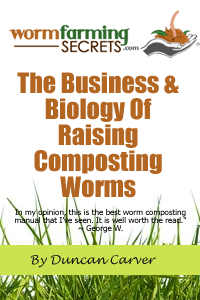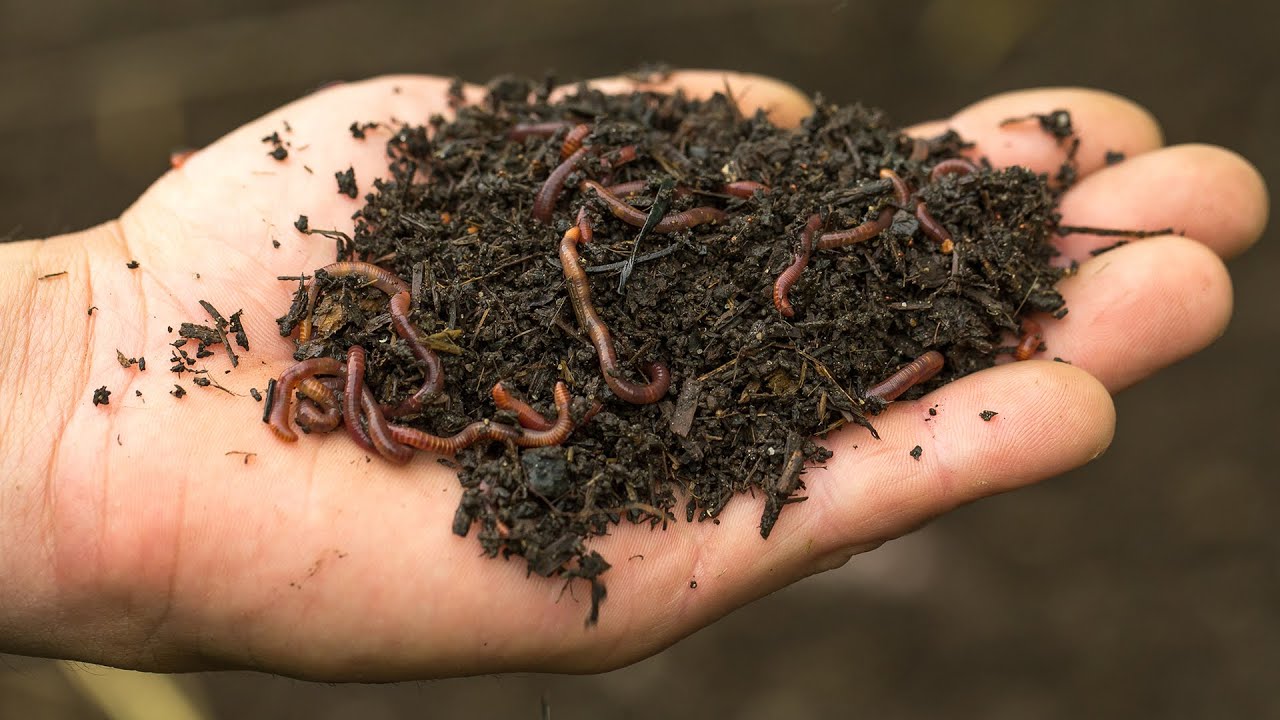“I have heard about brewed worm tea, but it seems like so much hassle to make! Is it worth making it? And how do you use it?” ~ Amy Southgate
Hi Amy,
Thanks for your question.
You are right that proper worm tea does take a bit of effort to make.
You need to buy equipment such as buckets, an aerator, food source, strainers etc, and if not done properly it can go anaerobic making it harmful to use!
But if it is made properly and used fresh, it can be the most amazing thing for your garden and soil.
Last week we dwelled a little on compost tea and how to use it. I promised I would talk about it more this week.
The current problem is that chemical pesticides and fertilizers can be harmful to soil microbes or at least affect the ecosystem in some way.
The purpose of compost tea is to improve the soil microbial life, replenishing what is missing and strengthening what is there. By improving the diversity of beneficial soil, stem, flower and leaf micro-organisms, it will give them a head start, and prevent the domination of bad microbes.
In creating worm tea, it is important to extract the microbes from the worm cast.
Correct soluble nutrients will also need to be extracted or added for the correct growth of these microbes. The microbes will also need to be kept alive, and other than the correct food source, the brew will need to be kept oxygenated by an aerator pump.
The tea can be applied in two ways, directly into soil or as a foliar spray. A quick list of benefits of worm tea include:
- Pathogens cannot infect the plants because the potential infection sites are already dominated and occupied by beneficial microbes.
- Beneficial microbes have taken the food, therefore pathogens have nothing to grow on.
- Plants are more active, taking up nutrients from the tea making it less susceptible to attack by pathogens.
- Nutrients and food in the tea encourages good microorganisms to grow.
- Nutrients are retained on leafs and are released slowly, being available to the plant with time. This improves plants health and nutrition.
- Soil structure is improved, with more oxygen reaching into the roots and preventing toxin build up in soil by anaerobes.
- Water retention in soil is improved.
- Depth of root grow is increased. Stronger roots means stronger plants, with deeper access to nutrients and water.
- Decomposition of dead organic material and toxins are increased.
- Less exposure to chemical fertilizers and pesticides for the soil and the user, improving general health.
As I have mentioned there are two ways of applying worm tea.
There are benefits for both, and it depends on what the need for it is.
Foliar application
This is to apply beneficial microbes onto plant above ground, so that disease causing microbes cannot attack the potential infection sites, namely the leaf and stem. It can also provide nutrients as a foliar feed.
Dilution of the worm tea for this purpose is not necessary.
The concentration of microbes as a foliar feed is very important, as the aim is to cover the plant and leaf with as many beneficial microbes as possible, so the higher the concentration the better! If some parts of the leaf are uncovered, then it is only susceptible to attack.
The there are leafs with signs of disease attack, then the plant and immediate surrounding can be sprayed directly and drenched with worm tea. This can reduce the spread of the disease dramatically. It should be made sure that the whole leaf (especially the infected leaf) is covered, as the beneficial microbes will quickly consume all available food on the leaf surface, leaving no room for the pathogens to grow and spread.
Soil application
The soil needs a good set of beneficial microbes and the correct set of food for them to consume. The microbes help create soil structure, improving oxygenation and the retention of water. All this leads to a healthy plant root system, and overall a much healthier plant.
Application rates to soil are more relaxed and a general 1 liter to every 100mm tall seedling is a good guideline. Depending on how healthy your soil already is, it may only require 1 round of application, or a number of rounds of application at monthly intervals.
The effectiveness of tea in soil comes down to the organic material and texture of the soil.
The more sandy the soil, then the deeper the tea will soak into the ground, whereas the tea will stay more towards the surface in clay soils. Organic matter will contribute to the growth of the tea microbes when applied to the soil. So if there is not enough organic matter, adding some more will help prolong the benefits of the worm tea application.
Worm tea is great and easy to apply when vegetables and plants are already planted. However, it will be even more efficient to apply it onto soil before planting. The soil can be mixed and drenched with worm tea, adding a big boost of beneficial microbes. This will help strengthen your plants straight from the beginning, minimizing any potential problems and diseases in the future.
So in conclusion, worm tea is definitely worth making and using!
If you have a poor unhealthy soil, a dose of worm tea may solve the problem!



